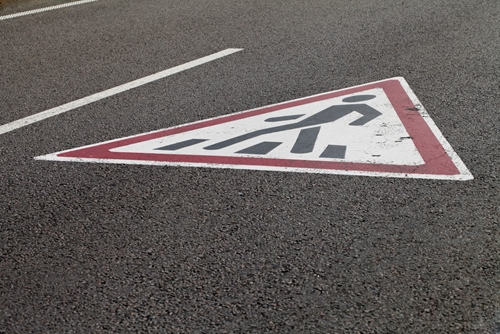



Automakers have been testing autonomous systems to create safe vehicles for the drivers of tomorrow. Much of this work has gone toward finding ways to keep cars from colliding with each other. However, efforts are also being made to protect pedestrians from out-of-control vehicles.
Road deaths have been falling in the past several years, but they still remain a serious problem. In Europe, about 26,000 individuals were killed on roads in 2014, and nearly half of those people were pedestrians, cyclists or motorcyclists. In addition, it is estimated that there have been at least four times as many permanent injuries on European roads, such as brain and spinal cord damage.
Studies have shown that most crashes occur when drivers fail to brake in time, or do not apply the brakes with enough force. While human reflexes are limited, computers have much faster reaction time. Many safety experts believe that autonomous systems can significantly improve this reaction time and make the roads safer for everyone.
The European safety agency Euro NCAP is working on a new method to test vehicles that come equipped with autonomous driver assist systems. Specifically, this test will determine which systems are best able to detect pedestrians.
"These new tests are the first in the world to assess highly automated vehicle features and driver assistance systems from the pedestrian's perspective. Many new cars now offer some form of AEB system that can help prevent car-to-car collisions, but only some are also able to detect pedestrians. By checking the results on Euro NCAP's website, consumers will be able to verify manufacturers' safety claims and choose the right AEB option."
The technology still has a long way to go, but this is a valuable step in the direction of safer vehicle travel.